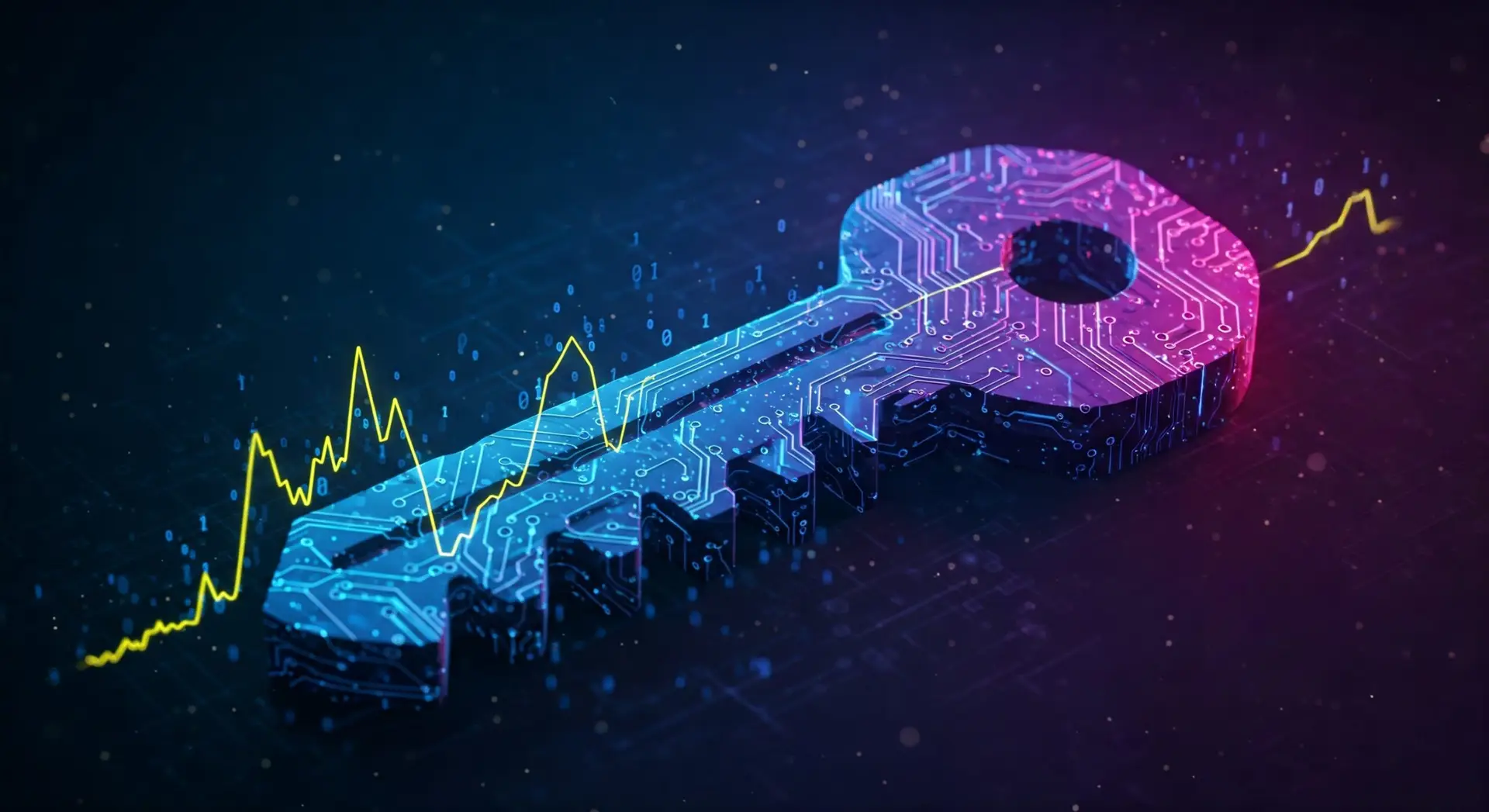The history of hacking, a term that evokes curiosity and caution, spans several decades. Initially, it referred to ingenious technical work not related to computer systems. Over time, hacking evolved, acquiring a dual identity: creative problem-solving and unauthorized access to computer systems. This journey uncovers the pivotal moments that shaped the hacking landscape.
The Birth of Hacking: The 1960s
The term “hacking” was coined at MIT in the 1960s. Early hackers were students passionate about computer programming. They explored the limits of what could be achieved. This era’s hacks were largely constructive, focusing on software improvements.
The 1970s: Phone Phreaking
The 1970s saw the rise of “phone phreaking”. Hackers like John Draper discovered ways to exploit the telephone system. They made free long-distance calls. This era taught hackers the power of understanding and exploiting system vulnerabilities.
The 1980s: The Computer Revolution
The 1980s brought personal computers to the forefront. With this, hacking began to shift. The movie “WarGames” (1983) introduced the public to hacking. It depicted a teenager accessing military networks. This decade also saw the formation of hacker groups. They exchanged knowledge and conducted some of the first digital break-ins.
Legislation Begins: The Computer Fraud and Abuse Act of 1986
Reacting to growing concerns, the U.S. government passed the Computer Fraud and Abuse Act (CFAA) in 1986. This law made it illegal to access a computer without authorization. It marked the beginning of legal boundaries around hacking.
The 1990s: The Internet Era
The 1990s heralded the Internet era, expanding hacking opportunities. The term “hacker” began to split. “White hat” hackers identified security flaws to improve systems. Meanwhile, “black hat” hackers exploited these flaws for personal gain or to cause damage. The era also saw the rise of “hacktivism”, where hacking was used to promote political agendas.
The 2000s: Cybersecurity Takes Center Stage
With the Internet becoming integral to daily life, cybersecurity became paramount. High-profile attacks, like the Love Bug virus, caused widespread damage. This era emphasized the need for robust cybersecurity measures. Companies began hiring white hat hackers to strengthen their defenses.
The 2010s and Beyond: The Age of Information Warfare
The 2010s elevated hacking to a tool of state-sponsored activities. Cyberattacks were used to influence elections, steal intellectual property, and disrupt infrastructure. The threat landscape became more sophisticated. Hackers now used advanced persistent threats (APTs) to target governments and corporations.
The Ongoing Evolution
The history of hacking is a testament to the evolving relationship between technology and society. From curious explorations at MIT to complex cybersecurity challenges, hacking has grown in complexity. The future of hacking is likely to see further innovations. Artificial intelligence and quantum computing will open new frontiers. Ethical hacking will become more vital as cybersecurity challenges grow.
Hacking’s journey is far from over. It will continue to evolve, reflecting changes in technology and society. Understanding its history is crucial. It prepares us for future challenges and opportunities in the digital world.
This exploration through the history of hacking highlights its dual nature. It’s a tale of innovation and exploitation. As we move forward, the lessons learned from the past will shape our digital future. The story of hacking is a reminder of the perpetual dance between security and vulnerability.




